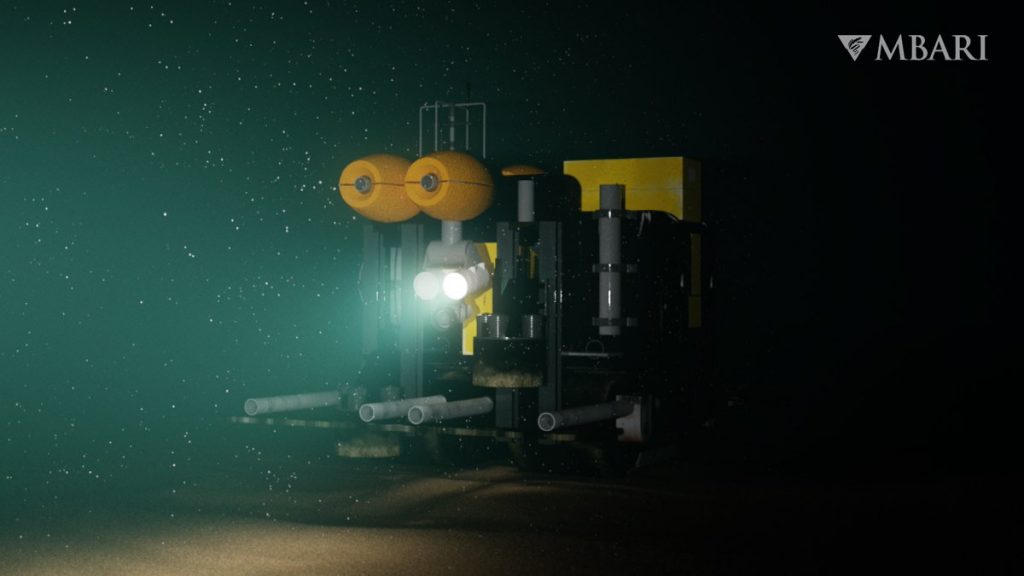The enormity of the deep sea — coupled with the technological challenges of working in such harsh conditions, makes research into these depths tricky. As a result, the Monterey Bay Aquarium Research Institute (MBARI) is bridging the gap by utilizing robotic technology advancements.
Benthic Rover II, an autonomous robotic rover, has discovered new life on the abyssal seafloor, 4,000 meters (13,100 feet) below the ocean’s surface. The rover’s long-term operation is outlined in a study published in Science Robotics. This cutting-edge research facility has uncovered new information about the deep sea’s role in carbon cycling. The data collected by this rover is crucial in determining the effects of climate change on the ocean.
Benthic Rover II is an effort by a team of MBARI led by Smith and Sherman. It’s about the size of a small car, measuring 2.6 meters (8.5 feet) long, 1.7 meters (5.6 feet) wide, and 1.5 meters (4.9 feet) high, and it glides over the muddy ground on a pair of wide, rubber tracks.
“The success of this abyssal rover now permits long-term monitoring of the coupling between the water column and seafloor. Understanding these connected processes is critical to predicting the health and productivity of our planet engulfed in a changing climate,” said in a statement MBARI Senior Scientist Ken Smith.
Although the deep sea is vital to the Earth’s carbon cycle and climate, we are unaware of most of the processes beneath the surface. Sending devices to the abyssal seafloor to observe carbon ebb and flow is difficult due to extreme pressure and seawater corrosivity.
Benthic Rover II is made to resist the harsh conditions of the deep sea. This rover, made of corrosion-resistant titanium, plastic, and pressure-resistant syntactic foam, can be deployed up to 6,000 meters underground (about 19,700 feet).
“In addition to the physical challenges of operating in these extreme conditions, we also had to design a computer control system and software reliable enough to run for a year without crashing—nobody is there to press a reset button,” explained MBARI Electrical Engineer Paul McGill.
“The electronics also have to consume very little power so that we can carry enough batteries to last for a year. Despite all it does, the rover consumes an average of only two watts—about the same as an iPhone.”
For the past seven years, Benthic Rover II has been operating at Station M, a MBARI research site located 225 kilometers (140 miles) off the coast of central California. Station M is a model system for studying abyssal ecosystems because it is located 4,000 meters (13,100 feet) below the ocean’s surface.
Benthic Rover II’s success demonstrates how these observations can aid our understanding of the world’s largest habitat. In addition, as more companies extract minerals from the deep seafloor, it can provide valuable insight into areas considered for industrial development or deep-sea mining.

